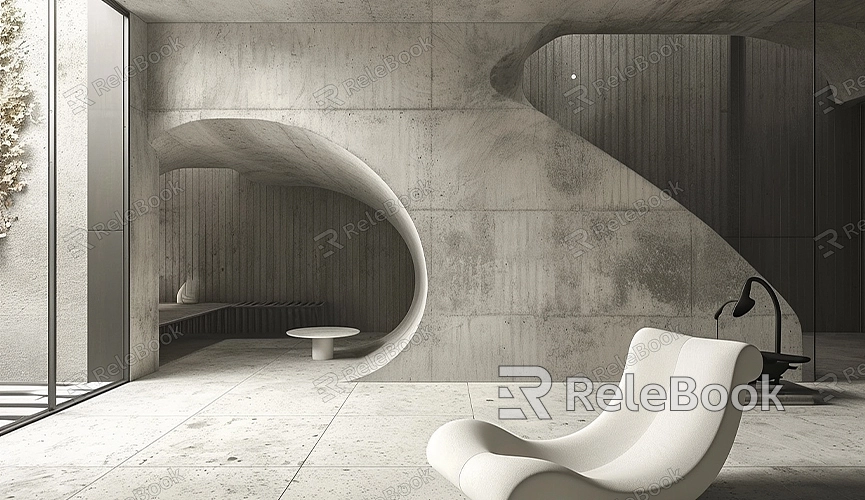Blender tileable texture
Tiling textures in Blender refer to textures that can be seamlessly repeated, tiled, and applied to surfaces without visible seams. This type of texture plays a crucial role in 3D design, providing designers with a more flexible and efficient way to apply textures.
What are Tiling Textures in Blender?
Tiling textures are designed to cover the surfaces of 3D models, characterized by their ability to maintain seamless connections when repeatedly applied, creating a unified texture effect. In Blender, we can use tiling textures to give various appearances to models without worrying about noticeable seams.

How to Use Tiling Textures in Blender?
1. Import Texture: Open the Blender software, create or load a 3D model. Select the tiling texture and import it into Blender.
2. Apply Texture: Apply the tiling texture to the surface of the 3D object. Ensure the texture seamlessly connects across different parts of the model, creating a seamless integration.
3. Adjust Scale: According to design requirements, adjust the scaling of the tiling texture to fit different-sized model surfaces.
4. Customize Texture: Use Blender's texture editing tools to customize the tiling texture by adjusting parameters such as color and contrast.
5. Preview and Render: Preview the texture in Blender under different lighting conditions and perform the final rendering to ensure a natural and realistic tiling effect.
Common Applications of Tiling Textures in Blender:
1. Flooring Design: In indoor or outdoor scene designs, use tiling textures to simulate surfaces such as floors and sidewalks, creating a continuous texture effect.
2. Wall Decoration: Apply tiling textures to architectural walls for uniform decoration, breaking the monotony.
3. Furniture Design: When designing furniture, use tiling textures to add personalized surface effects to tabletops, chairs, and other parts.
4. Landscape Design: In 3D landscape simulations, apply tiling textures to simulate natural landscape elements like lakes and rivers.
5. Game Scenes: In game design, use tiling textures to create regular surface textures for terrain, roads, and other elements.
Effects of Using Tiling Textures for 3D Model Rendering:
1. Seamless Connections: Tiling textures achieve seamless connections when repeatedly applied, eliminating visible seams and creating a more natural texture effect.
2. Regular Arrangement: Applying tiling textures can make textures on the model's surface arrange in a regular pattern, increasing overall visual unity.
3. Flexibility: The application of tiling textures is flexible, allowing adjustments to the texture's size and scale based on design requirements.
Tiling textures in Blender provide 3D designers with more creative possibilities. Through clever application, we can create unified, seamlessly natural texture effects, enriching the detailed expression of design works. If you need a variety of high-quality 3D textures and HDRI, or if you're looking for 3D model downloads, you can find them on Relebook. After downloading, you can directly import the textures and 3D models into your projects.

